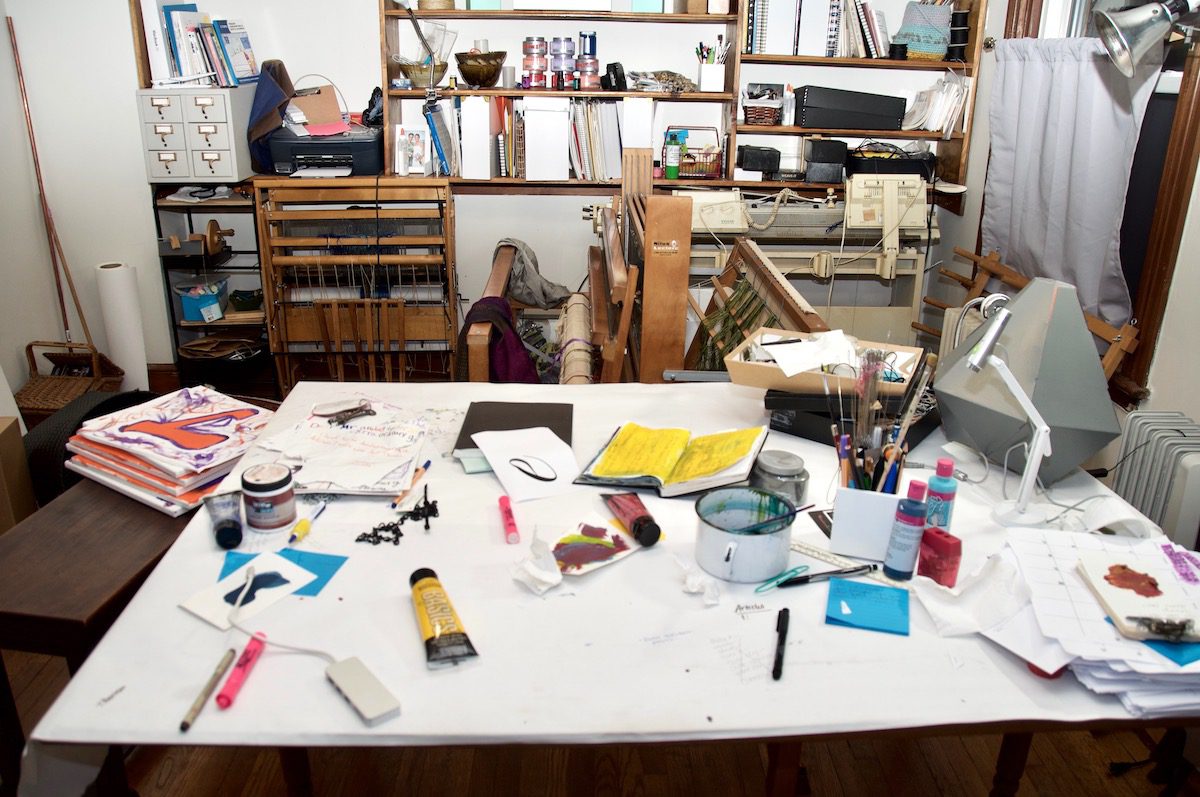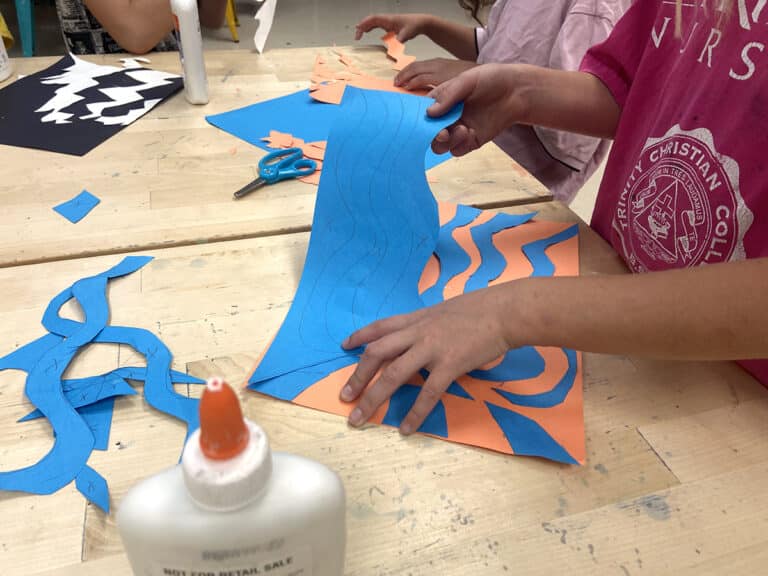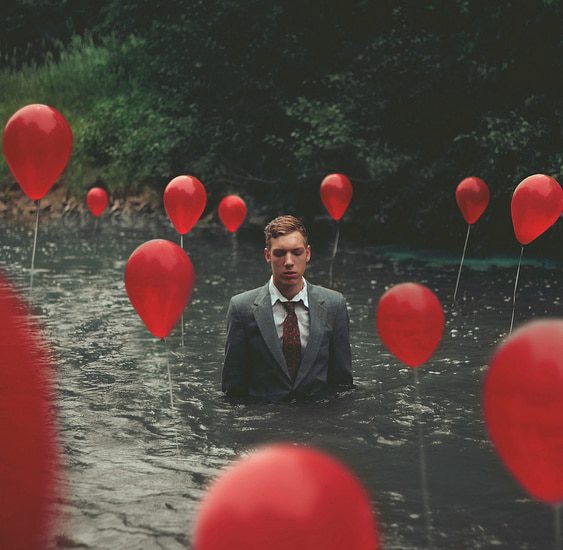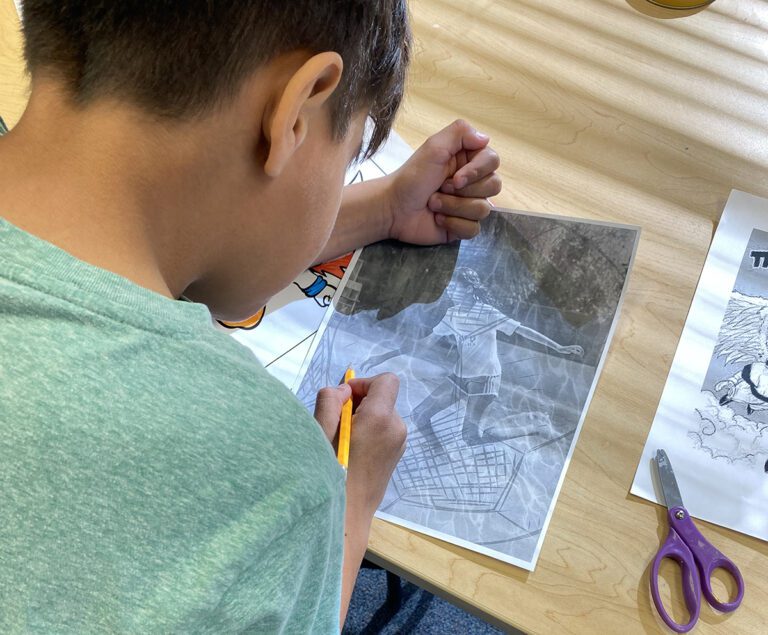Creativity and art are often viewed as synonymous. As the art teacher, you’re seen as the person in the school with creative ideas and solutions. You might even be known as the person with creative style.
While creativity is important and plays a big role in the art room, it’s also complex and hard to define.
Here are 5 surprising things about creativity.
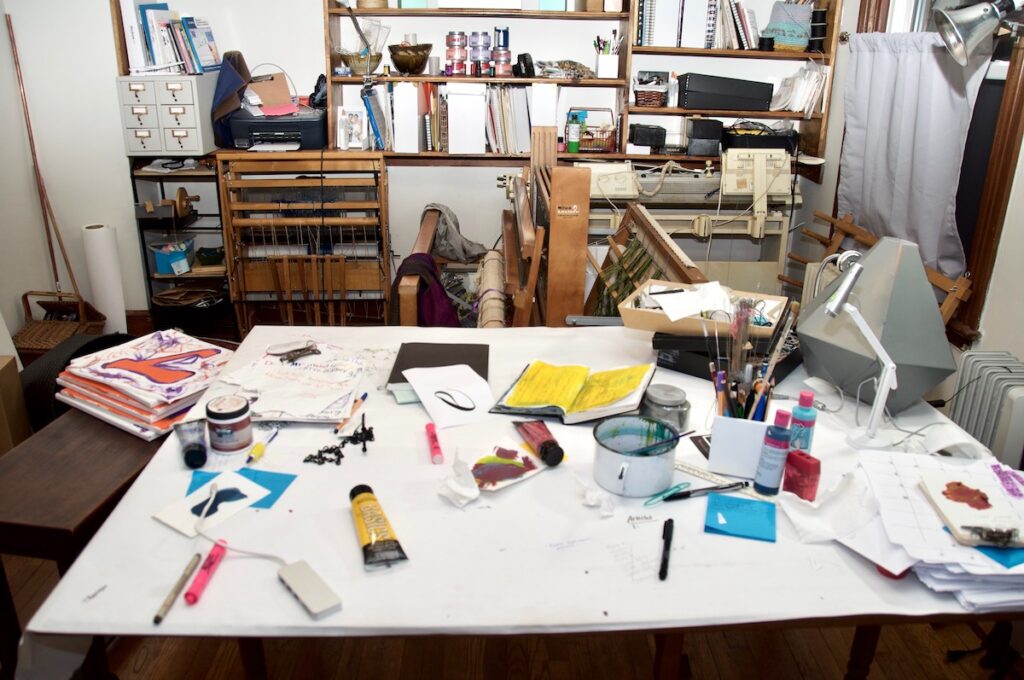
1. Art is not always creative.
Many people interchange phrases like, “I can’t draw,” and, “I’m not creative.” You do not have to be creative to be able to draw, and just because you can draw, it does not mean you are creative.
The arts are well suited for creative discoveries and problem-solving. But art isn’t inherently creative.
For example, if a child smears paint onto a canvas, they are making art, but are they being creative? Maybe, but maybe not. Creating something unoriginal has little creative value.
2. Fear kills creativity.
Creativity is about finding problems and developing answers. That requires a curious mind. Curiosity is sparked by a gap in what someone knows and what they need to know. When that gap becomes too large, curiosity is replaced with fear.
As teachers, we need to work to create a gap large enough to spark students’ curiosity. At the same time, it’s important to be aware that if students shut down, it may be because the gap is too large.
In the book, The Art of Critical Making, art professor, Hermano, says, “Learning emerges from curiosity rather than trying to confirm something. When you set out to prove something, you’re inclined to set up your test in a way that predetermines the outcome.” You want to create an environment where your students are looking for a new solution, not the right answer.
3. An idea needs to be relevant; otherwise, it isn’t creative.
When someone spouts off a crazy idea, the response we usually hear is, “That’s so creative…” But is it?
Creative ideas are new and different, but they also need to be relevant to the problem at hand.
For example, when a student rushes through a piece and exclaims, “It’s creative!” the best question to ask is, does it meet the objective? Or, how does it address or answer the problem you were trying to solve?
4. Creativity and imagination are not the same thing.
The words “creativity” and “imagination” are often used interchangeably, but they aren’t the same thing. You can have a great imagination and not be creative. Imagination is where ideas begin. Imagination is the ability to think of things that don’t already exist. Creativity is the act of taking what you imagine and bringing it to life. People who have ideas, but never act on them are not creative. They are good at imagining.
5. Creativity requires practice.
In the same way being a good artist requires practice, being a strong creative thinker requires intentional effort.
Here are 5 things you and your students can do to increase creative thinking.
- Change your surroundings. This might mean students sit in a different seat or you rearrange the classroom. Changing your surroundings provides a new perspective.
- Ask new questions every day, and write them down. The best creative thinkers are problem finders. Getting into the habit of asking and recording questions will help you to seek out new problems.
- Keep asking “why.” While it can be frustrating when a young child asks 100 hundred times, it a good practice to adopt. Asking “why” leads to better questions and sparks curiosity.
- Do what you always do, but in a different way. For example, drive a different way to work, or walk to your next class on a route you don’t usually take.
- If you’re having trouble coming up with a solution or answer, ask five related questions. For example, if you’re trying to answer the question, “What will the theme for the art show be this year?” You might ask these five questions instead:
- What five words do you think of when reflecting on the year?
- Who are your students’ three favorite artists and what would that look like as a theme?
- What theme ideas do your students have?
- What is the goal of the art show and how can be reflected in a theme?
- What story do you want to tell the community through the art show?
Now that you’ve uncovered some surprising things about creativity, let’s explore how to define creativity with your students.
What is creativity?
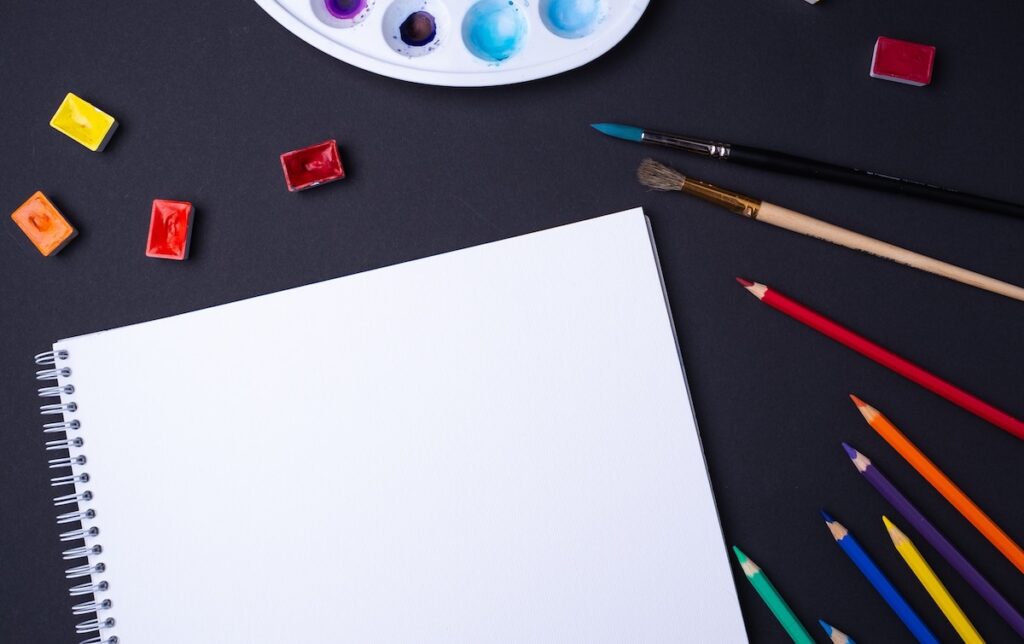
When forced to define creativity, we often use words like, “unique,” “different,” and “original.” Those words are vague, leaving people confused. How is it unique? Different from what? Original in what way?
While there are many definitions of creativity, below are two clear and easy to apply definitions for your teaching and personal practice. The first, by Mihaly Csikszentmihalyi, author of Flow and The Psychology of Discovery and Invention, is long but provides specific examples. The second, by Ken Robinson, is short and to the point, making it great to use in the classroom.
The Long Version
Csikszentmihalyi defines creativity in this way. “Creativity is a central source of meaning in our lives for several reasons. Here I want to mention only the two main ones. First, most of the things that are interesting, important, and human are the results of creativity. We share 98 percent of our genetic makeup with chimpanzees. What makes us different- our language, values, artistic expression, scientific understanding, and technology is the result of individual ingenuity that was recognized, rewarded, and transmitted through learning. Without creativity, it would be difficult indeed to distinguish humans from apes.
The second reason creativity is so fascinating is that when we are involved in it, we feel that we are living more fully than during the rest of life. The excitement of the artist at the easel or the scientist in the lab comes close to the ideal fulfillment we all hope to get from life, and so rarely do. But creativity also leaves an outcome that adds to the richness and complexity of the future.”
The Short Version
Ken Robinson defines creativity as, “The process of having original ideas that have value.”
If you’re going to encourage creativity in your classroom, it’s essential you and your students know and agree on what it is.
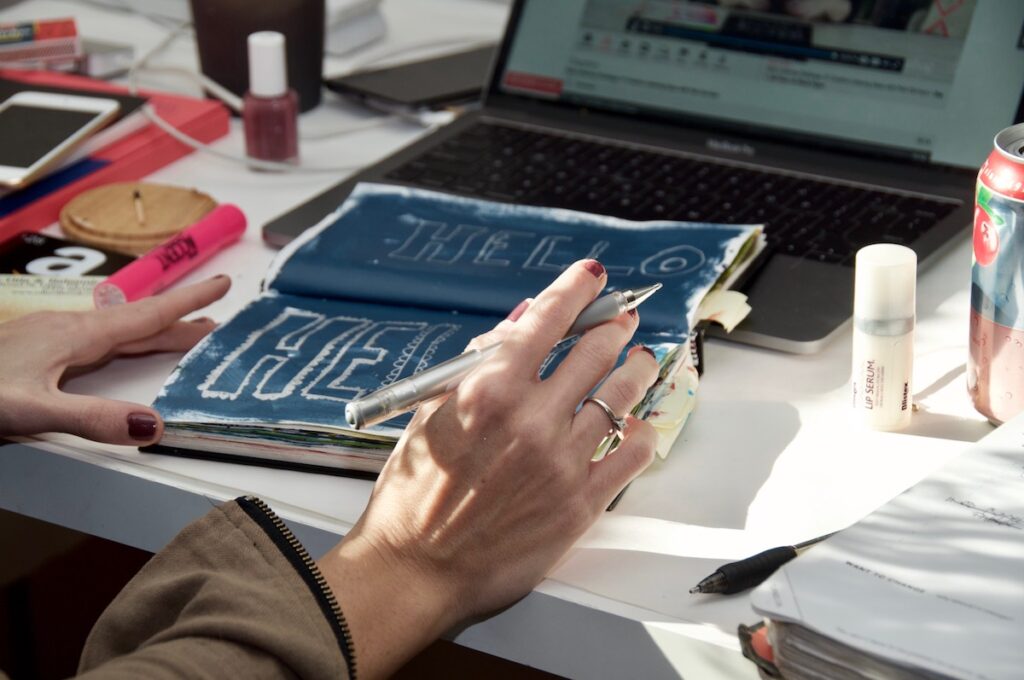
When defining creativity with students, you might start by talking about what creativity isn’t. Below is a lesson that will take your students through this process.
1. Break students into groups of four, and have them write down as many things they can think of that aren’t creative in five minutes.
Here are a few ideas to get you started.
- Copying isn’t creative.
- Reading a book isn’t creative.
- Animals aren’t creative.
2. Have students write down a list of things that are creative.
They might say things like:
- Artist Sheila Hicks is creative.
- The invention of the smartphone was creative.
- The FedEx logo is creative.
3. Ask groups to write a one to three sentence definition of creativity.
4. Have the groups test and refine their definition by giving them a prompt.
Tell groups to respond to the prompt in a way that aligns with their definition of creativity. For example, you might ask students to come up with a way to create a painting without using a paintbrush.
5. Wrap up the lesson by having groups share their ideas and having a class critique.
During the critique have groups share their definition and how it applies to their work. Finish, by selecting the definitions you like best. Record them, and hang them in the classroom for future reference.
Creative thinking is an essential skill. As the art teacher, you are in the perfect position to develop creative thought in both your students and school. Use some of the ideas above to get started!
What is one thing you can do this month to help people in your school better understand creativity?
What is the most creative thing you did or made in the last year?
Magazine articles and podcasts are opinions of professional education contributors and do not necessarily represent the position of the Art of Education University (AOEU) or its academic offerings. Contributors use terms in the way they are most often talked about in the scope of their educational experiences.
